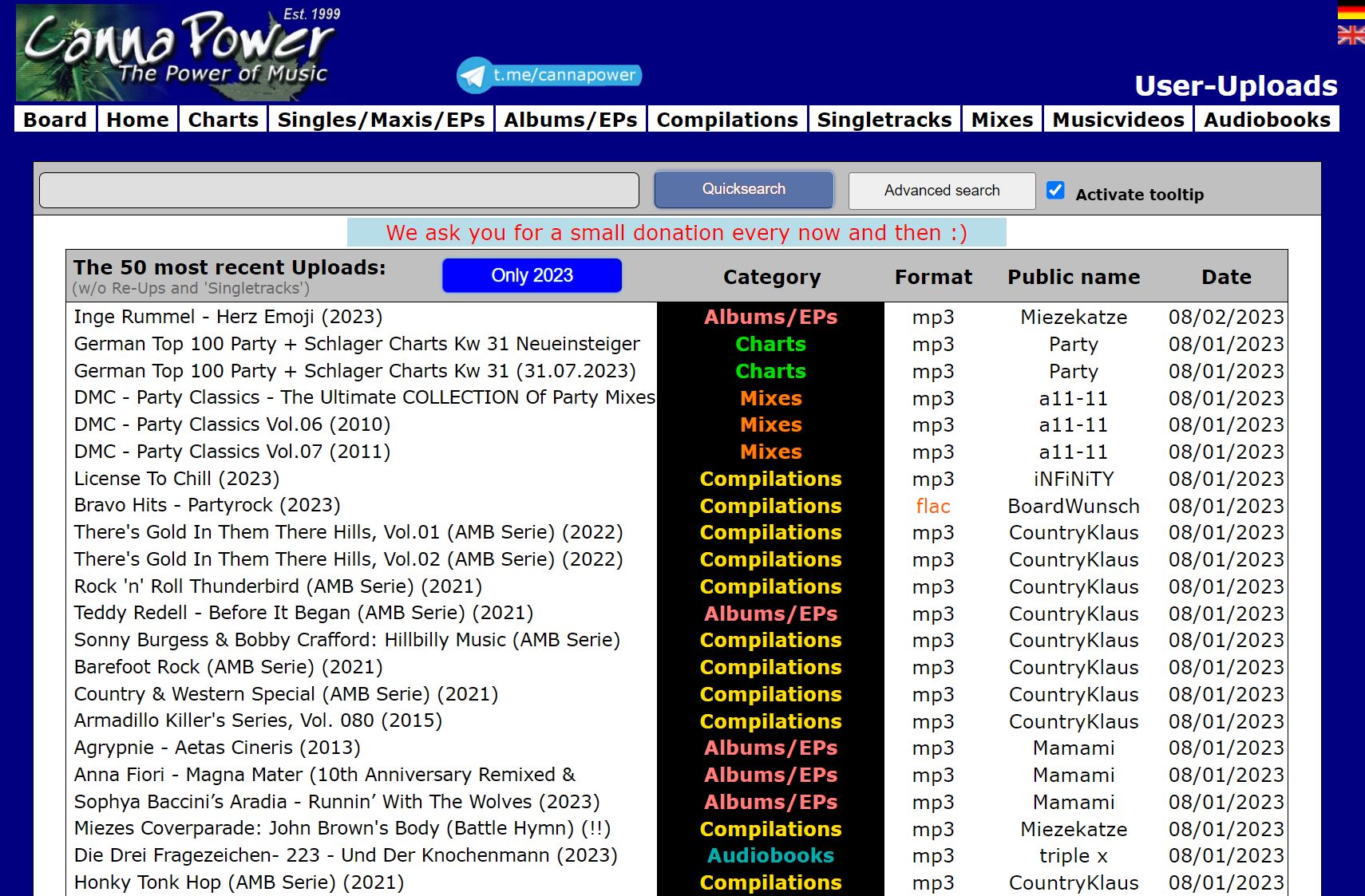Cloud services play a crucial role in driving the effective and efficient functionality of connected home gadgets. If cloud infrastructure were unavailable, most IoT-enabled gadgets would be limited to standalone capabilities, unable to personalize to individual habits or accept remote voice inputs.
When you issue a command to your connected audio hub to activate the lighting system, monitor the thermostat setting, or initiate any other command, your commands are processed through remote cloud servers. This architecture allows your gadget to pull dynamic updates, learn your preferences over time, and communicate with other devices.
Remote data hubs aggregate vast amounts of data from environmental and operational metrics, empowering AI models to improve performance. For example, a smart thermostat can anticipate your arrival time and fine-tune settings without prompting. Such customized behavior would be impossible without the cloud’s capacity to process massive, multi-source datasets from multiple sources.
Moreover, cloud services simplify the over-the-air deployment of firmware, ensuring that your gadgets remain protected and continue to gain new features without user involvement.
Off-site - pathwel.co.kr, management is another key benefit. No matter where you are, you can access your mobile app to check if you forgot to lock the door, disable power-hungry devices, or see who’s at the front door via a smart camera. Every function is made possible through end-to-end encrypted tunnels that facilitate communication between your IoT hardware and your mobile app.
Integrated ecosystems also facilitate interoperability between multiple manufacturers and categories of IoT appliances. One unified system can unify lights, locks, cameras, and appliances, enabling coordinated routines in custom routines. Seamless cross-brand compatibility is only possible because centralized cloud protocols provide a universal API layer for devices that might otherwise be incompatible.

Data protection and user confidentiality are critical concerns, and leading cloud vendors invest heavily in encryption, multi-factor authentication, and privacy controls to ensure user privacy. Although security risks are acknowledged, the value of intelligent automation typically surpass the risks when adequate protections are implemented.
To summarize, cloud services are the core enabler that bestows smart home devices their adaptive awareness, flexibility, and user-centric comfort. They elevate basic devices into responsive, interconnected systems that anticipate your needs and simplify home management while boosting protection.

